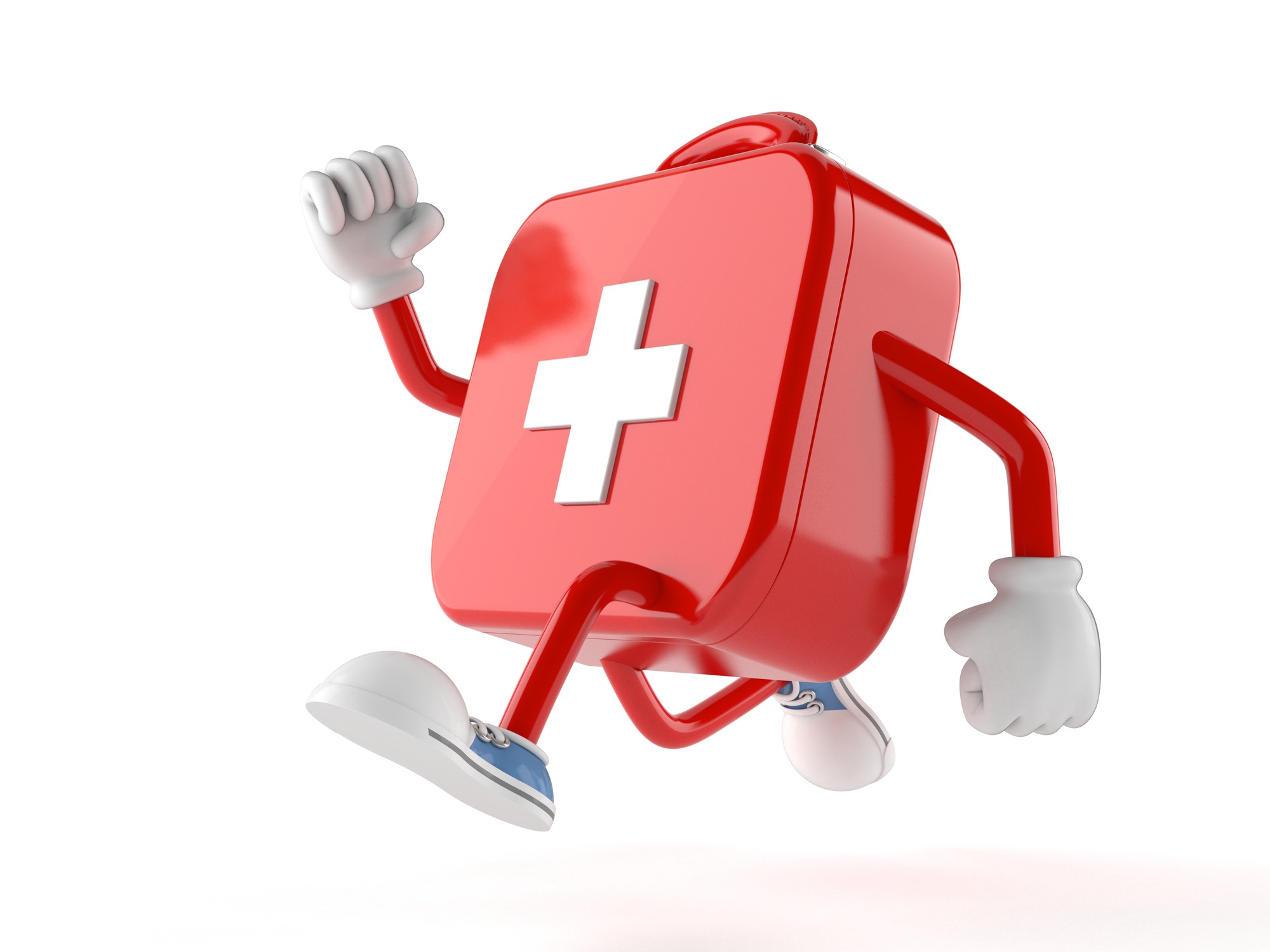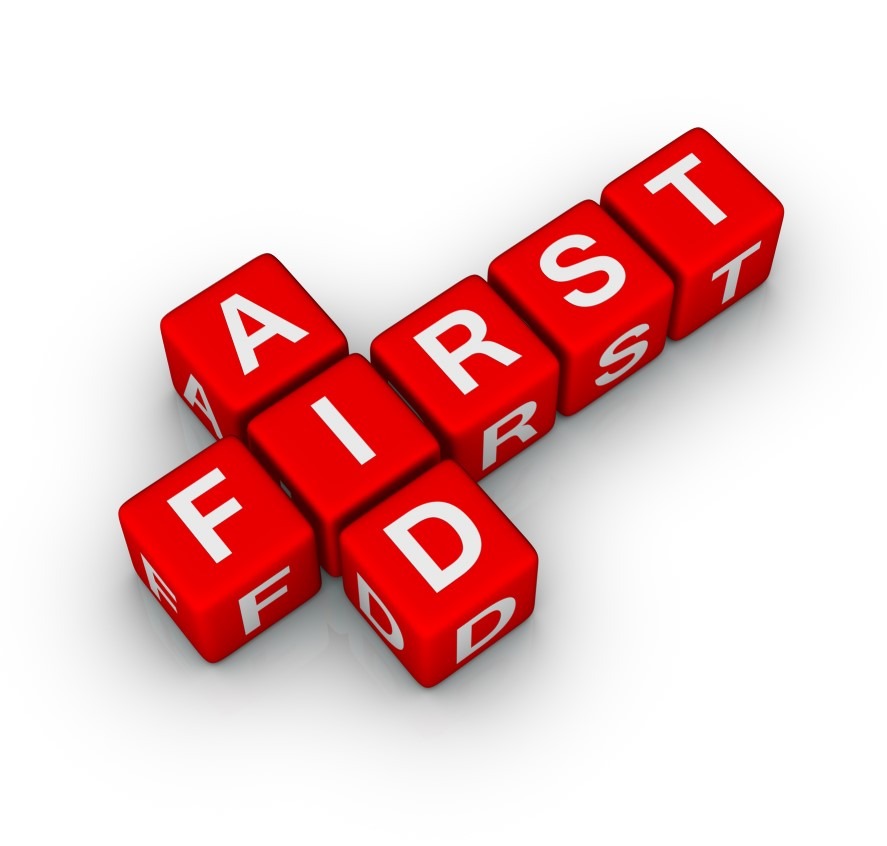What are the most common medical emergencies in schools?
In UK schools, some of the most common medical emergencies include:
- Minor injuries: Such as cuts, bruises, and minor burns from accidents during activities or on the playground.
- Asthma attacks: Asthma is a common condition among children, and attacks can be triggered by various factors including exercise, allergens, or respiratory infections.
- Allergic reactions: Particularly to food allergens, insect stings, or other environmental triggers.
- Anaphylaxis: Severe allergic reactions that can be life-threatening and require immediate treatment with epinephrine.
- Seizures: Epilepsy or other medical conditions can cause seizures in children, which may require immediate first aid and medical attention.
- Sports injuries: Including sprains, strains, fractures, and head injuries during physical education classes or extracurricular activities.
- Fainting: This can occur due to various reasons such as dehydration, stress, or underlying medical conditions.
- Head injuries: Resulting from falls, collisions, or accidents, which may range from minor bumps to more serious concussions.
- Chronic conditions management: Such as diabetes, where students may experience hypoglycemia (low blood sugar) or hyperglycemia (high blood sugar) requiring immediate attention.
- Breathing difficulties: Apart from asthma, other respiratory conditions or infections can cause breathing difficulties in children.
It’s important for schools to have trained first aiders who are prepared to handle these common emergencies effectively and efficiently, as well as protocols in place for communication with parents and the emergency services.















